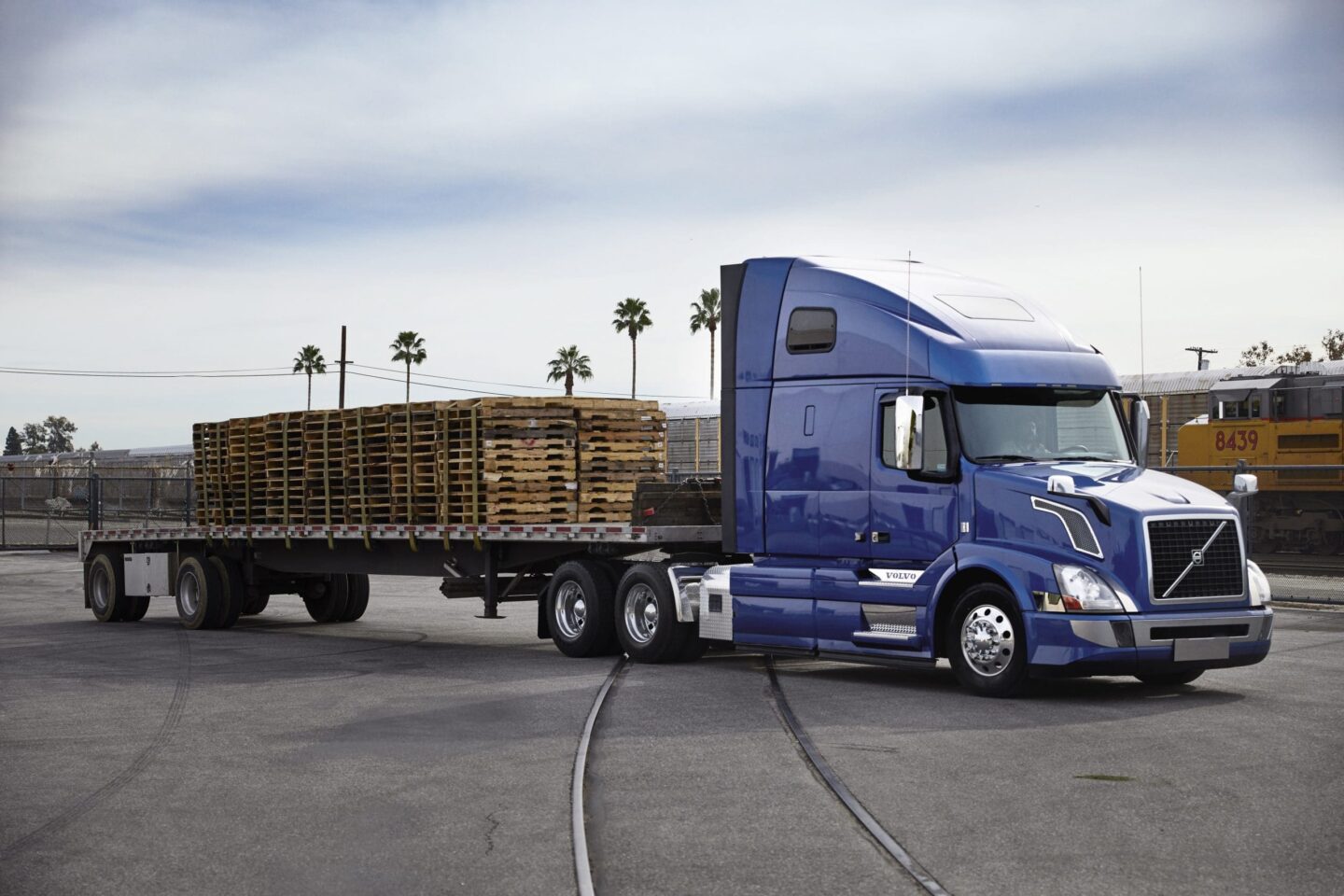Looking Back to Move Forward: 4 Trends Shippers Need to Know

Originally published on Mexico Business Now
By: Carlos Godinez, VP Business Development, Uber Freight, Mexico
Mexico was the US’ second-largest trade partner in the first seven months of 2022, with two-way trade worth nearly $450 billion (US). Given this success, Mexico’s trade with the US reached historical records, exceeding pre-pandemic levels. With the cross-border supply chain poised for continued momentum into 2023, it’s critical for shippers with international operations to reflect on lessons learned from 2022 to help inform their new-year strategies.
Looking back to 2022, consumer spending shifted away from goods and toward services, such as restaurants or tourist destinations, reverting back to previous spending habits ahead of the pandemic. As demand shifted, capacity increased across the board – from truckload to intermodal, with empty containers remaining in ports. But, by building out manufacturing lanes and pushing inventory in Mexico as part of the nearshoring trend, shippers saw a bump in freight demand near the end of this year.
And, even though the international holiday shipping season is in full swing, it’s likely the cross-border supply chain won’t see a boost in demand for the remainder of 2022. Both Mexico and the US are still feeling the impacts of inflation and consumers are trying to save money where they can, impacting spending habits during the holidays.
As the US-Mexico trade economy continues to fluctuate (with Mexico’s exports to the US still outpacing its imports from theUS), consumer demand and spending behavior are also expected to shift with changing market conditions. Shippers must stay abreast of market changes to navigate the holiday season and new year alike. As we’re only a few short weeks away from 2023, keeping a close pulse on industry trends and leading with efficiency will be their key to success.
Here are the four trends shippers need to know to thrive in the new year:
Transportation rates are seeing relief. Shippers can expect this trend to continue in the new year. With supply loosening and demand leveling off, cost pressures are easing, and spot rates have mostly stabilized. Although rates in Mexico are still high compared to pre-pandemic levels, the market is starting to notice an increase in equipment availability, and most carriers are approaching shippers asking for volume. We expect freight rates will stabilize and be lower than 2021 and early 2022 levels, but still higher than 2020 and before.
Fuel costs will continue fluctuating. Gas prices went up and down this year – hitting a record high of $5.01 per gallon across the US in July. This dramatic increase led to fuel costs per mile doubling since 2020’s metrics and fuel surcharges, as a percentage of total costs, doubling this year as well. However, we’ve seen some silver linings for shipper’s budgets as fuel costs continue to trend downward.
Although fuel prices will continue to fluctuate, shippers can keep these costs top of mind for budget planning. In order to stay afloat amid shifting prices, shippers can also optimize different mode selections (such as shifting from heavyweight truckload to intermodal), maximize equipment utilization, consolidate orders, and minimize empty miles.
More trucks are on the road. Production of heavy trucks in Mexico from January through September 2022 increased by 22 percent compared to the same period last year. With more trucks in production and on the road, we also saw a resulting increase in exports, jumping by almost 19 percent during Q3. Although there are more trucks, we’re still seeing a shortage of drivers – reinforcing the need for shippers to become more attractive, increase driver ratings on their facilities, and improve the overall driver experience. By making shipping, unloading, and border crossing times more efficient and implementing flexible appointment scheduling, shippers can ensure a steady balance of supply and demand.
Tech-driven asset management will be key. Looking toward 2023, shippers need to be efficient in how they’re managing assets for truck carriers. As carriers seem to be going back to their shipper of choice, efficient transportation management will be critical for increasing tender acceptance and decreasing accessorial charges. With the help of technology, shippers can effectively manage driver waiting and tonnage times to avoid extra costs and become more productive and attractive. The adoption of technology and best shipping practices, like shipper of choice actions, will be relevant to secure capacity from incumbent carriers and add new carrier, truck brokerage, and intermodal partners.
For example, shippers can work with a logistics partner to implement a Transportation Management System (TMS) or Managed Transportation Services (MTS). In doing so, they can unlock real-time visibility into shipment tracking and access performance data and analytics. For success in 2023, automation and digital transformation must be top of mind for shippers.
As 2022 comes to a close, shippers in the US and Mexico have a wealth of opportunities waiting for them in the new year. With freight rates declining, more capacity available in the market, the adoption of shipper of choice practices, and tech-enabled efficiency just around the corner – shippers that capitalize on these trends can set themselves up for success in 2023.
This blog is for informational purposes only. The conclusions drawn are based on our own analysis and the Uber Freight marketplace.


